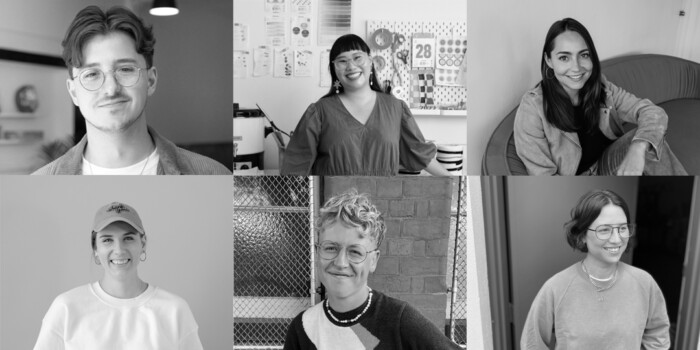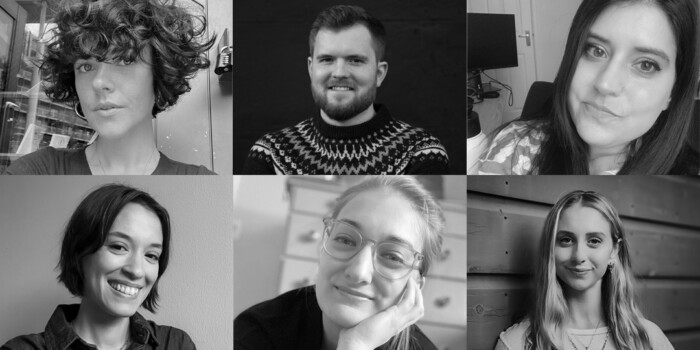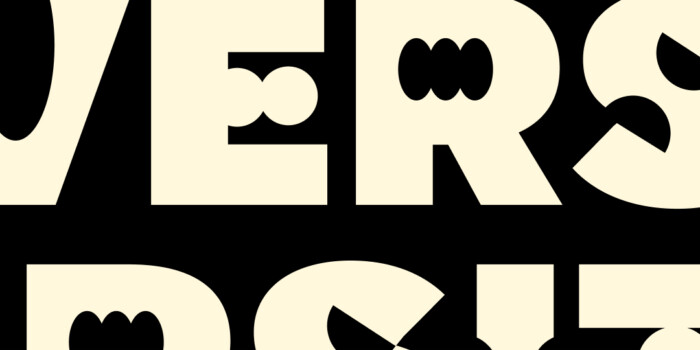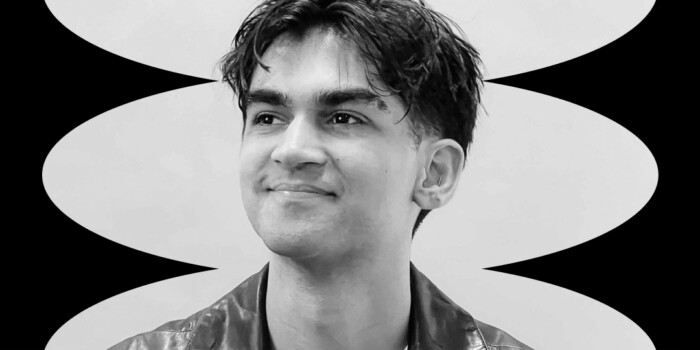Career Change: One Student’s Journey From the Health Industry to Graphic Design
Having just qualified as a Junior Doctor, Milly Hilton decided to change her career route and enrol on the part-time course at Shillington London to fulfil her dreams of working in the creative industry as a designer. Since graduating in July, she’s already snapped up internships at two of the UK’s leading brand agencies, Elmwood and Otherway.
We caught up with Milly to find out a bit more about her decision to change careers, her experience on the course and what it’s been like working in real studios. Read on to hear Milly’s advice on how to apply for internships and how using the Pomodoro Technique helped keep her organised through the busiest portions of the course.
What was your background before enrolling at Shillington—did you have any reservations about changing career or embarking on a creative course?
Before Shillington I’d just qualified as a junior doctor but was truly miserable at the prospect of the career ahead of me. Art & design was always something I loved—my favourite subjects at school were History of Art and Art which I studied at A Level.
I took the ‘sensible’ route of pursuing medicine when it came to applying to University because I thought art could be my ‘hobby’. I soon realised that this wasn’t enough and I spent my evenings after working in hospital playing around on Illustrator and Photoshop creating posters and logos for local businesses and university societies. I found the lack of creative thinking within medicine (which understandably provides very prescriptive solutions for problems) incredibly dull and increasingly frustrating.
People who don’t work in the NHS often don’t understand my decision to change career and think I’m crazy, but without getting all gloomy working life in the healthcare profession is far from ideal at the moment and a huge proportion of my classmates have also left the medical profession or emigrated to seek a better life elsewhere. Signing up to Shillington was a decision I made over several years after tons of research (which included contacting several renowned agencies to ask for their options of the course).
Abandoning a stable career trajectory was terrifying but was definitely not done on a whim and I only wish I had done it sooner.
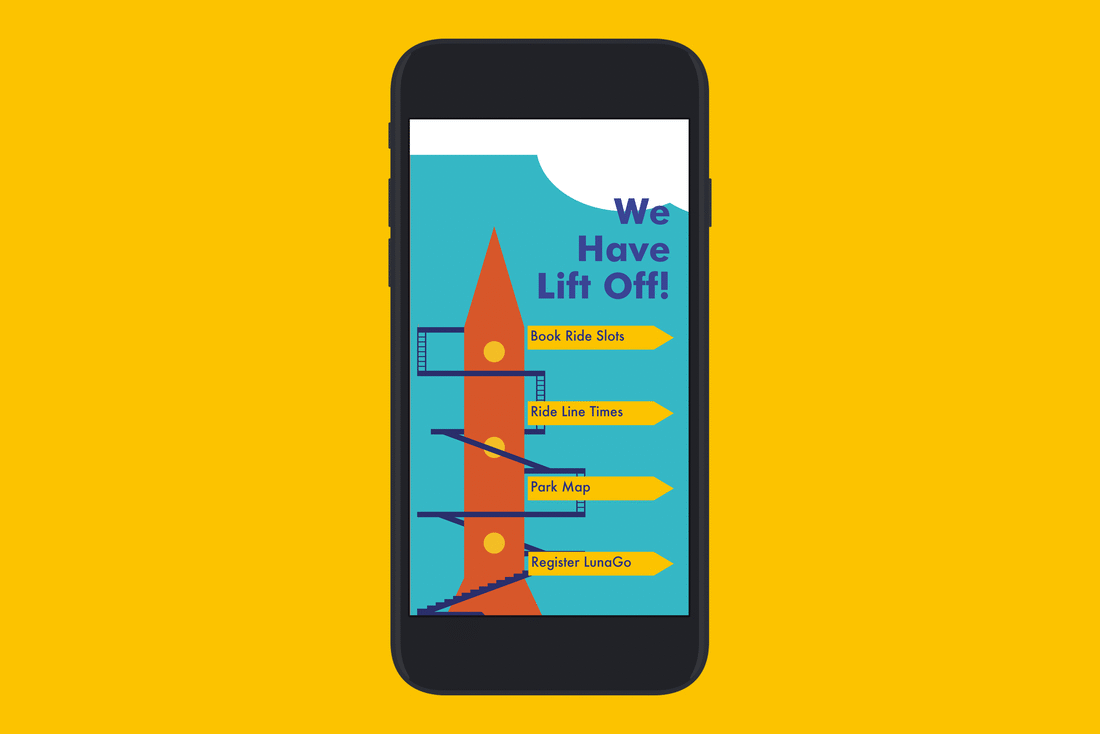
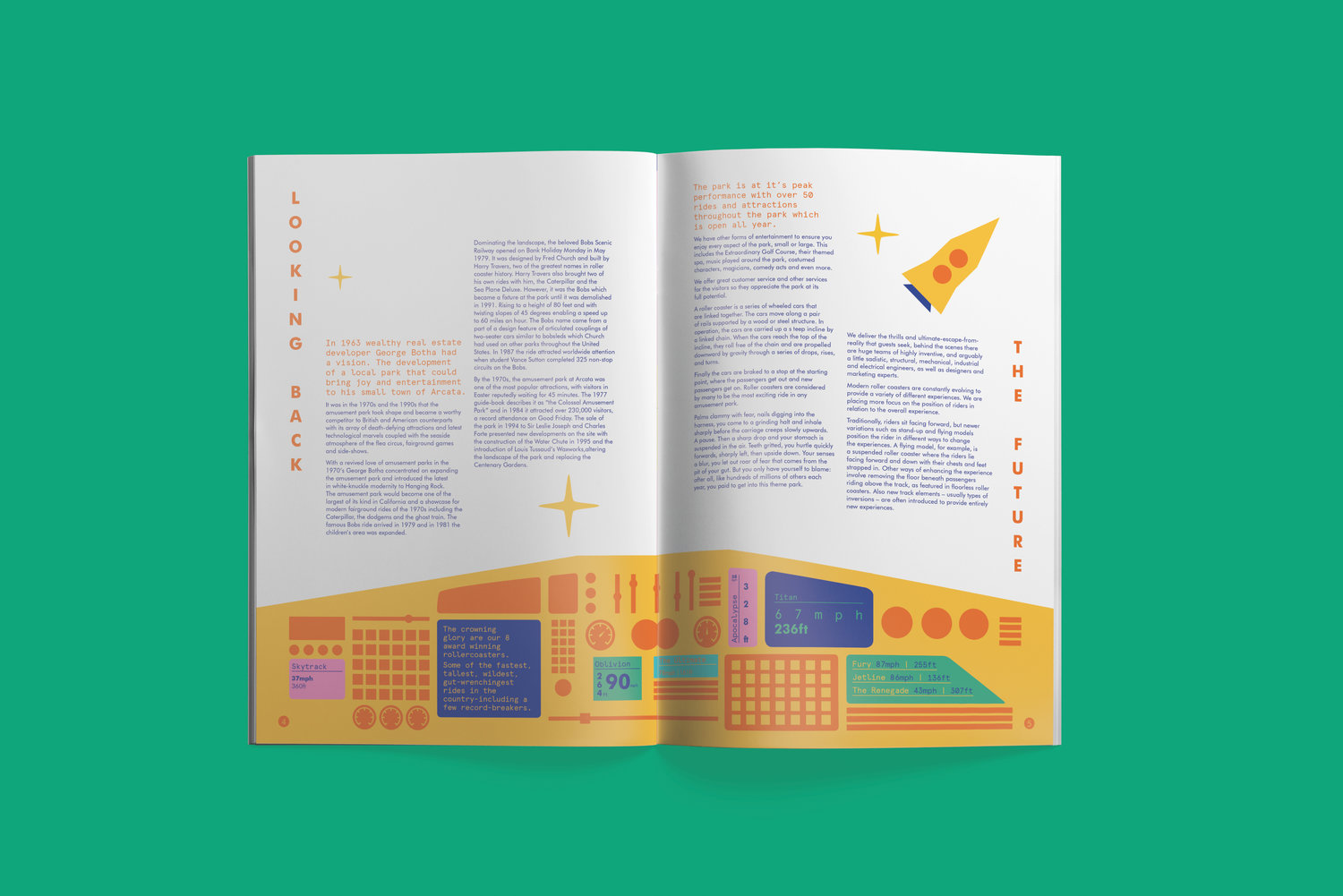
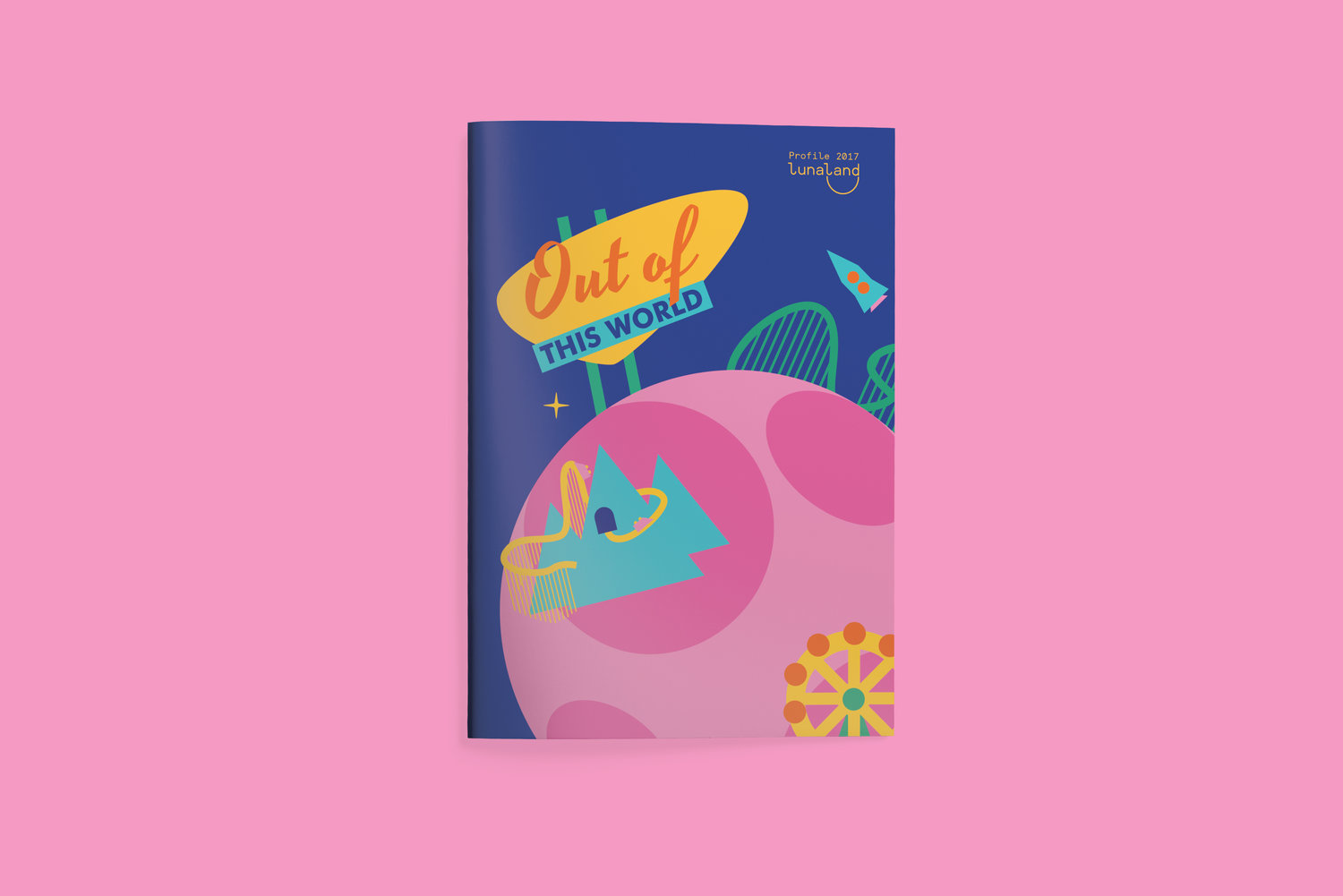
How would you describe your experience studying at Shillington? Any stand-out moments you’d like to share?
It’s a cliche but just like the design process in general Shillington is a bit of an emotional rollercoaster. You experience everything from the buzz when you get a new brief and the excitement at finding that idea to the frustration when something in the execution isn’t working or you’re doing your 10th revision of the same page layout. But when your project is ‘done’ and up on the wall ready for critiques you forget all the angsting over typography choices and colour palettes; I loved this stage – getting to see how different every student’s final piece of work is despite the fact we are all given the same initial brief.
You studied on the part-time course which takes place in the evenings two nights a week. How did you integrate this into your existing schedule and any advice for those currently enrolled?
I only came into the part-time course half way through (due to having missed a chunk of the full-time course due to illness) because of this I was fortunate enough to not have to fit in a job around everything else. Once I moved onto part-time however I was commuting down from Yorkshire and spending 2 nights a week in London for the course which was fairly exhausting—thankfully I’m now based in London full-time.
The course is intense and you really need to get your family and friends to understand that; especially during portfolio time you have to accept that your social life needs to take a back seat. I got through it by drinking copious cups of tea, listening to Disney music on repeat and bulk cooking meals at the weekend.
I also used the Pomodoro Technique to try and stay productive and get through the huge workload; it sounds mad but is something that got me through med-school revision and really helps you stay focussed; you basically work uninterrupted for 25 mins and then have a 5 minute break—you do this 4 times and then have a 20-30 minute break and then do it all again. A really good app to help you do this (nicely designed too) is called Focus Keeper—wouldn’t have got my portfolio finished without it.

You graduated with a really impressive portfolio, full of a variety of projects. Are you happy with your portfolio and how did you find portfolio time?
Everyone in my class produced amazing portfolios which is really a credit to the team of tutors we had on the part-time course. We had people on my course who had never used a Mac and even someone who didn’t own a smartphone or know what an app was—by the end of the course all of us came out with portfolios full of varied projects.
The briefs we are given at Shillington cover all sorts of design disciplines; editorial design, packaging, brand identity, app design, websites…the list goes on and on. Because of this breadth our portfolios demonstrate a wide range of design skills which is ideal for getting your first internship and job.
Portfolio time was crazy and intense, I came out of it pretty drained, sleep deprived and with an unhealthy caffeine dependance—but it was also the most fun part of the course because you are given so much freedom to expand upon initial briefs. Each student is assigned a portfolio tutor and the amount of feedback we got from our tutors during and in-between classes was so much more than I’d expected.
Do you think the skills you learnt at Shillington prepared you for working in a real studio environment?
Without a doubt.
Before Shillington I had ‘taught’ myself how to use Illustrator/Photoshop and InDesign—looking back now the fact that I thought I knew what I was doing is pretty embarrassing. I now feel confident that I have a solid basis in the programs to be a useful junior. However being a designer really isn’t about being a computer wizz—on-top of all the program teaching Shillington somehow crams in design theory, history and really drums in the importance of idea generation so that each of your projects has depth and meaning.
Portfolio time at Shillington in particular operates very similarly to design studios I’ve worked in.
The fast pace and emphasis on regular critiques really set you up for working in a studio where deadlines are tight and clients are regularly changing their mind at the last minute! I have actually found that some of the techniques and programs we were taught are ahead of the game when moving into studios—for example I’ve had designers asking me how to use Sketch or asking me for shortcuts in the Adobe programs.
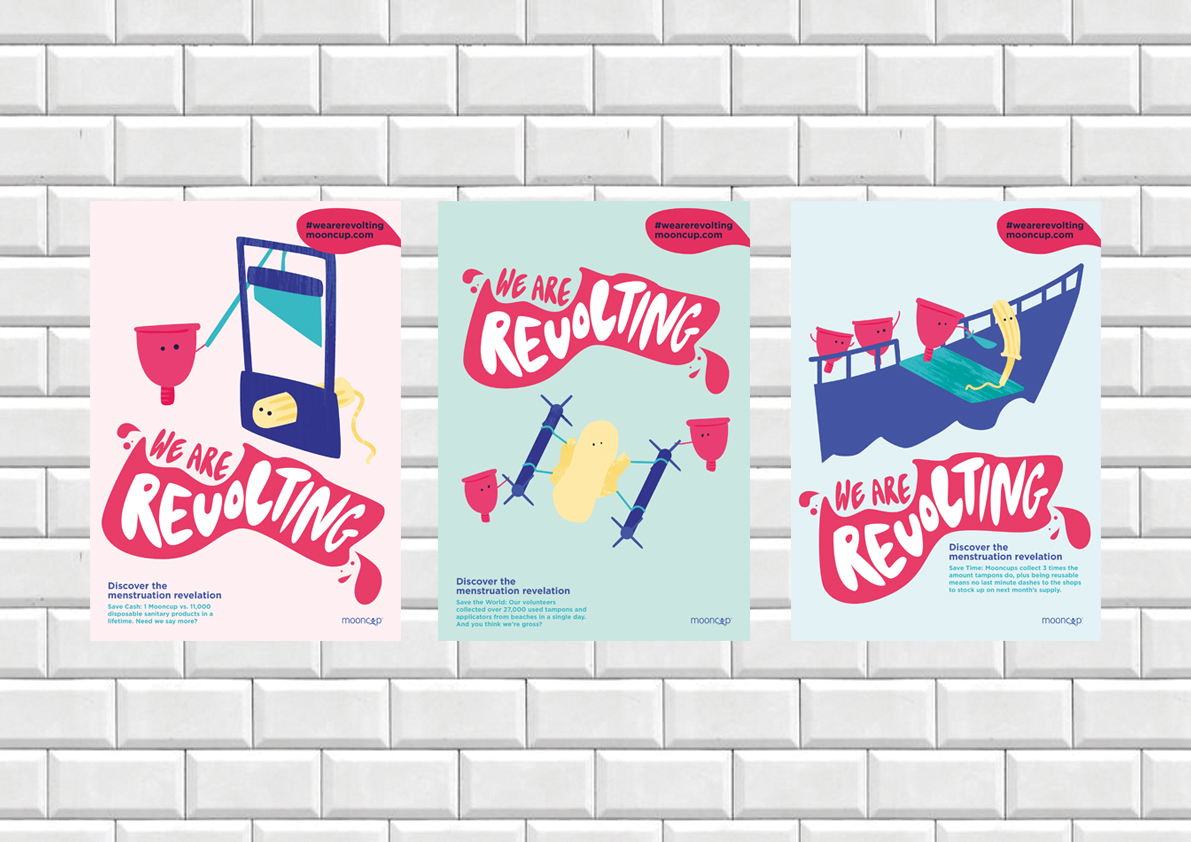
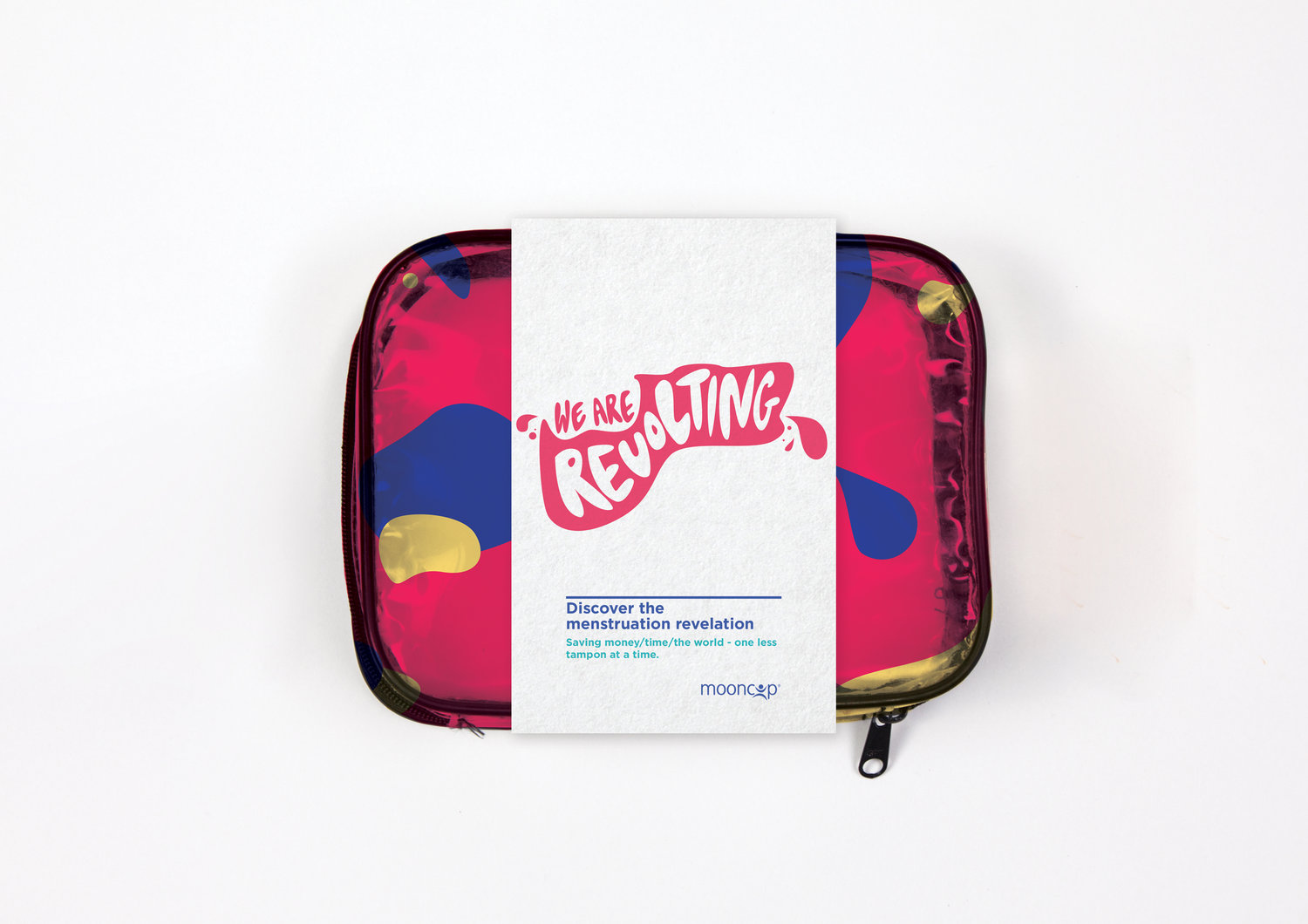
You’re currently interning at the renowned agency Elmwood in London. Can you tell us a bit about how that’s going so far? Any tips for others on the hunt for internships?
I’ve just come to the end of my month interning at Elmwood and it’s been such a fantastic experience. I was able to split my placement between their head-office in Leeds and the London studio so got to work on a huge variety of projects. Everybody at Elmwood was fantastic at getting me involved from working on packaging icons and illustrations to developing logo-marks.
I was lucky enough to spend the final 2 weeks working with the creative director on an exciting new branding pitch (which I just found out they won—although the project is still under wraps so can’t say much more than that—sorry!) so that was super exciting. Elmwood put a huge amount of research and strategy behind each of their projects (which is why they get such good results) and it was great to get an insight into this part of the creative process.
In terms of hunting for internships—you just have to keep going and accept that it might take a while.
Tenacity will get you through; agencies and designers receive so many emails from graduates and you really do what you can to stand out (without veering into gimmick territory).
I do often worry where the line between appearing keen and coming off as completely crazy lies but generally I’ve found that calling up the studio to ask who to email and then following that email up with a handwritten postcard tends to get some result. My tutor Jen advised me to always ask whether you can pop into a studio ‘to get feedback about your portfolio’ rather than straight-out asking for an internship—so far that seems to be working, cheers Jen!

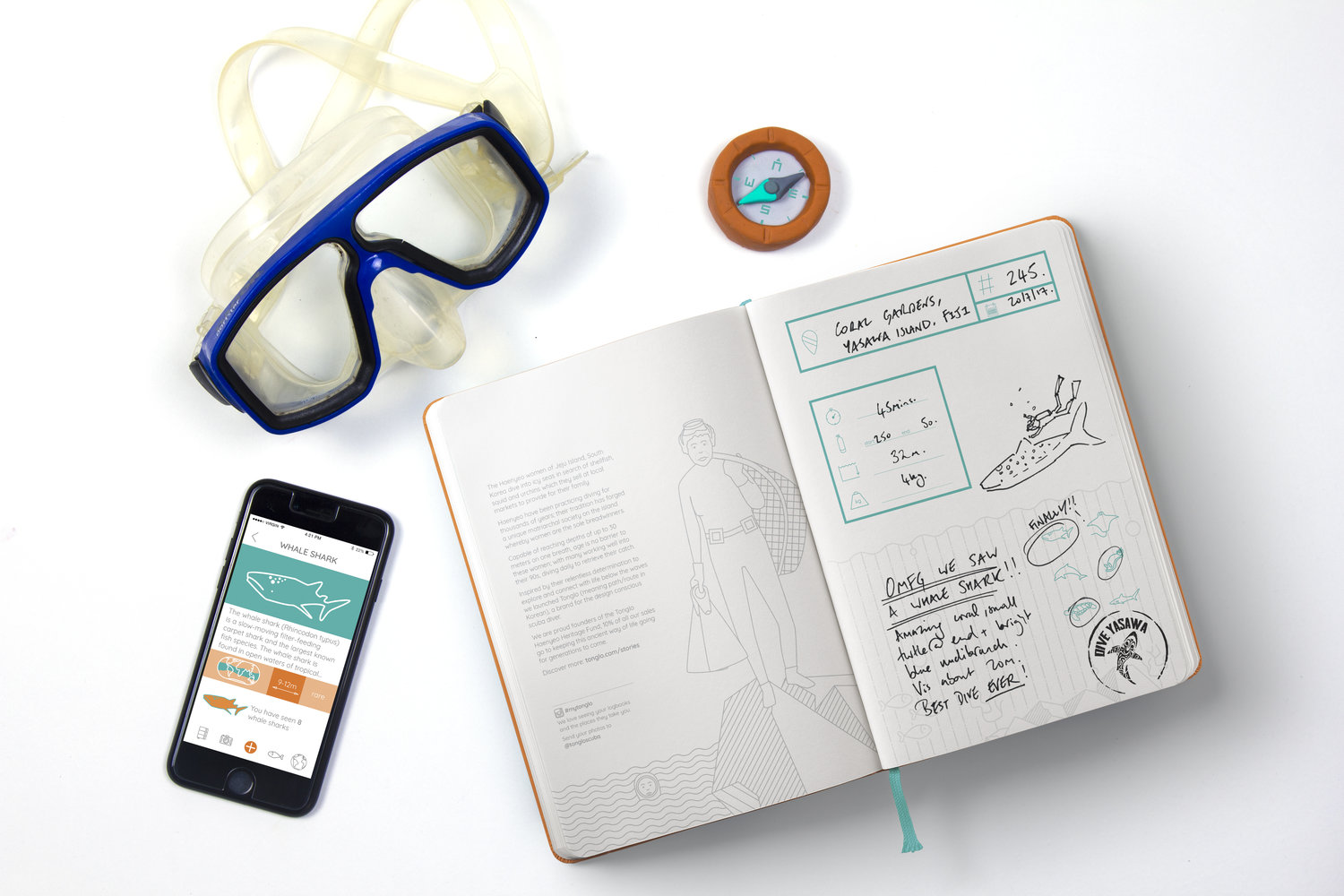
This year we launched our #Shillumni Network as a way of keeping in touch with our graduates. Have you found this useful since graduating?
Definitely. Shillumni are constantly sharing job adverts, design events and exhibitions. It was through the Shillumni network that I managed to get onto my current placement at Otherway—an bespoke branding studio in London that is home to several Shillumni. Working abroad is something I am really keen to do once I’ve had a bit more experience and its great to know that I’ll be able to ask the global network of Shillumni for advice and help about this when the time comes!
Huge thanks to Milly for answering our questions. Be sure to check out her full portfolio and follow her on Instagram for regular updates.
If you’re looking for a way to change you career path then maybe Shillington is the choice for you! Why not attend one of our Info Sessions to find out more about us? We have campuses in London, Manchester, New York, Brisbane, Sydney and Melbourne.
Want to win some amazing prizes and stay in the loop with all things Shillington? Sign up to our newsletter to automatically go in the draw.

